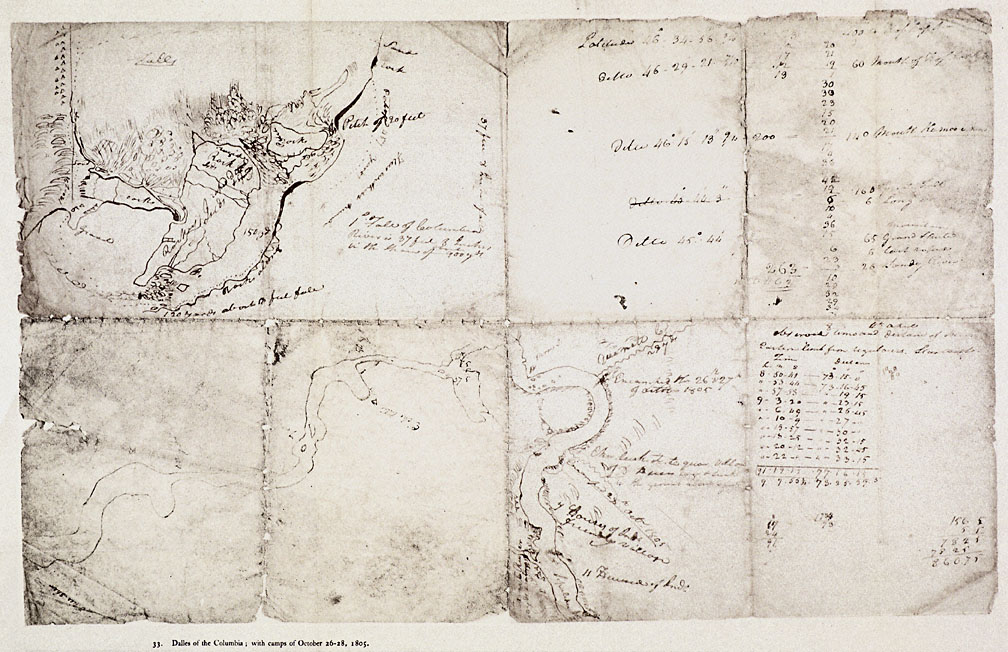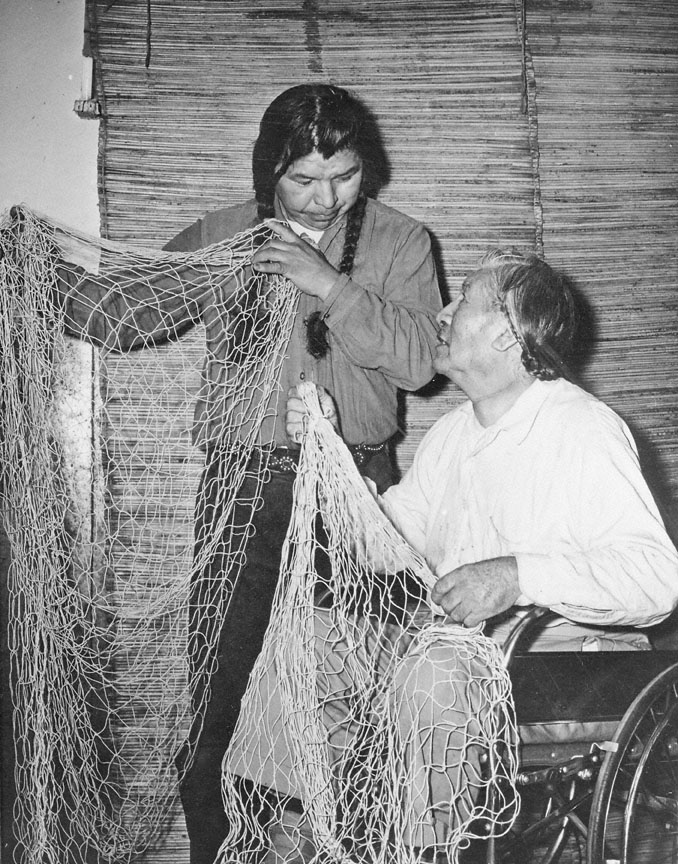Carved Wood Mortar
This wooden mortar is of Wasco or Wishram design. Prior to moving to the Warm Springs Reservation, the closely related Wasco and Wishram peoples lived on opposite sides of the Columbia River, near the now-submerged stretch of river once referred to as Five Mile Rapids and Celilo Falls, at the narrowest portion of the Columbia River Gorge. The Wishram lived on the northern side of the river, while the Wasco inhabited the southern side.
Mortars were used by Wasco and Wishram communities—and by indigenous peoples worldwide—as they prepared their foods, collected during the spring, summer, and fall, for winter storage. Meats, roots, seeds, and nuts were mashed into powder with the aid of a stone pestle, a hand-held, club-shaped implement with a slightly rounded end. Sometimes, in far-flung locations, visited seasonally for the collection of roots, mortars were carved into locally-accessible large stones or downed logs, then left in place, to lighten transportation loads to and fro. At more permanent village sites, such as along the Columbia River, where food was available for most of the year, portable mortars were constructed of hardwood.
View source4 of 12




